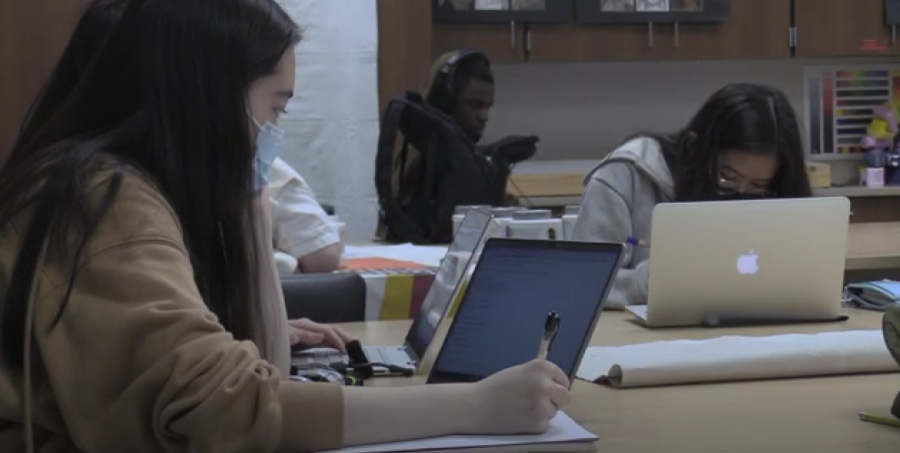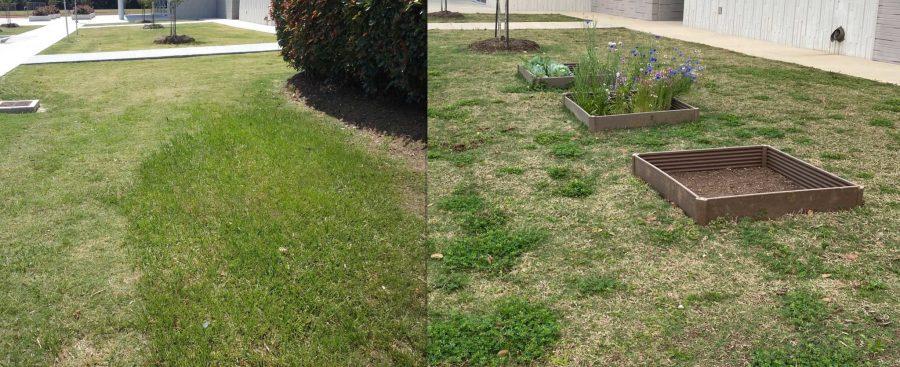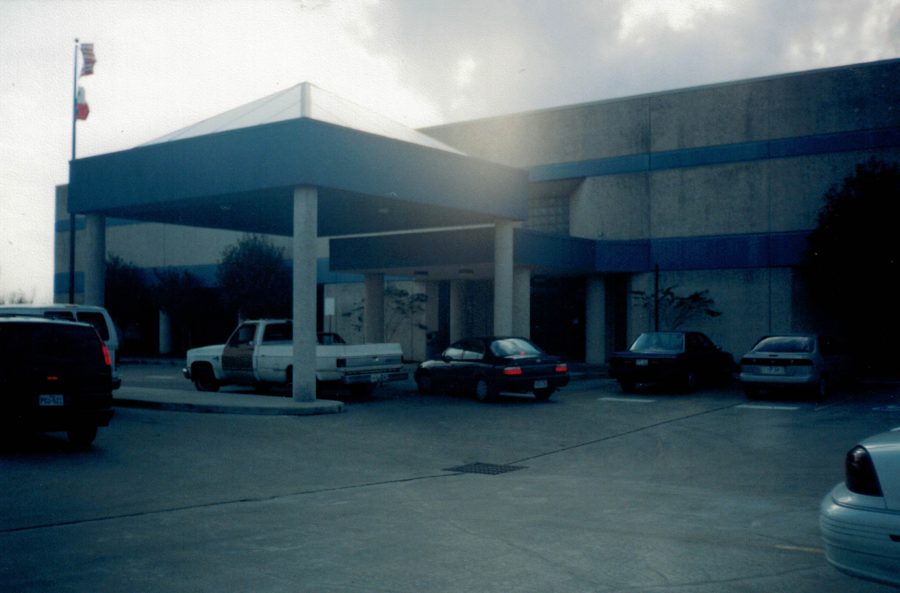While tending the gardens and managing the home grown produce at the minimum security women’s prison, Margaret Bancroft bumped into a familiar face: her best friend’s aunt, who was a convicted murderer.
“I totally introduced myself and she knew who I was just because she knew my family and all the people of the town,” she said. “So it was kind of funny having this weird conversation with just anybody—like, ‘Oh hey, you know this person and this person?’ kind of weird reminiscing and in the back of your mind you’re kind of going ‘You killed your ex-husband! This is a little messed up.’”
Now a science teacher at Kerr, Bancroft worked as the horticulturist at the Iowa Correctional Institute for Women in Mitchelleville, Iowa, from 1996 to 1997. After she got her degree in Liberal Sciences, she began teaching General Educational Development (GED) classes for two and a half years at the prison.
“It was just kind of a fluke how I ended up there,” Bancroft said. “But it was through the local community college, and they needed somebody with a bachelor’s degree, but it was only part time work. Which was perfect for me because I had little tiny kids at the time, and I only wanted part time work.”
The first day was about learning the rules and regulations of the prison and touring the entire facility with one of the wardens, but even then, Bancroft wasn’t scared.
“Most of the other people that worked there were really good at putting me at ease, especially people in the education department,” she said. “They said that time and time again that the inmates always told them how much they appreciated them and how much they knew they were helping them. They were really there for their best interests; they did not view the people in the education department the same as they necessarily viewed the guards and the wardens and the counselors.”
To add to the welcoming atmosphere, the women’s prison looked more like a campus building; it didn’t look like the stereotypical bars and big metal detectors type men’s prisons that were in Newton, Iowa, according to Bancroft.
“It was very pleasant looking—the whole central courtyard and nice big trees,” she said. ” And parts of it were almost park-like; they had flower beds and the place was very well kept. It was just that big fence with the razor wire that went around the place that was the only thing that made it look scary or anything! On the outside of the gate there were portable buildings, just like you see at the elementary schools around here…[for] their temporary programs.”
For Bancroft, the teaching itself was straightforward, as she was able to work individually on the subjects that the inmates had trouble with.
“For the most part, people did pretty well on the social studies and the science tests because they tended to be a little more common sense,” Bancroft said. “Students tended to have trouble with the writing test and with the math test…For the math test, almost universally, it was fractions, decimals, and percentages that gave everyone trouble. Those things [lessons] you knew you had to do group instructions for that, and the rest was individual tutoring.”
Overall, everything seemed oddly normal.
“I remember I would often catch myself thinking, ‘Could I handle being here? Could I handle being locked up? Could I deal with being an inmate?’” Bancroft said. “For the most part, it was okay. I mean these people had jobs, they had friends, they could read, they could work on hobbies, they had opportunities, they could take classes. But then I realized that there’re so many simple things that we take for granted. Like, you couldn’t just say ‘I’m hungry. I’m just going to grab something out of the refrigerator.’”
Along with the restricted freedom, the thing that she never got used to was the children who came to visit their parents in prison.
“That was weird because you would see these kids just being kids; they were totally normal, being silly,playing around,” Bancroft said emotionally. “But that whole process of checking in with the guards and going through these gates and going through the metal detectors. It always struck me as so troubling and sad that that was normal for these kids. It didn’t strike the kids as odd! They were just doing a normal thing; ‘Oh we’re going to visit Mom!’ So I always hated working on the days that were visitor days. That part was hard.”
Bancroft hopes that she has taught her students to believe in themselves more.
“I think a lot of them had such low expectations of themselves, like, ‘Oh I can’t do this, oh I’m not good at math,’” she said. “So I hope they realized they could do more than they thought. It just takes a little bit of effort and a little bit of perseverance, and you can figure it out.”
And in turn, her time at working at the prison taught her to not be quick to judge people.
“When you talk to the inmates, you talk to them as people. Most of them are good people that made a bad choice or a bad circumstance that got them there,” she said. “We all make bad choices and I’d really hate for people to judge me based on a single act that I did. It really strengthened my belief that you really got to give people second chance. And respect them for who they are…people are more than the bad choice they made.”





